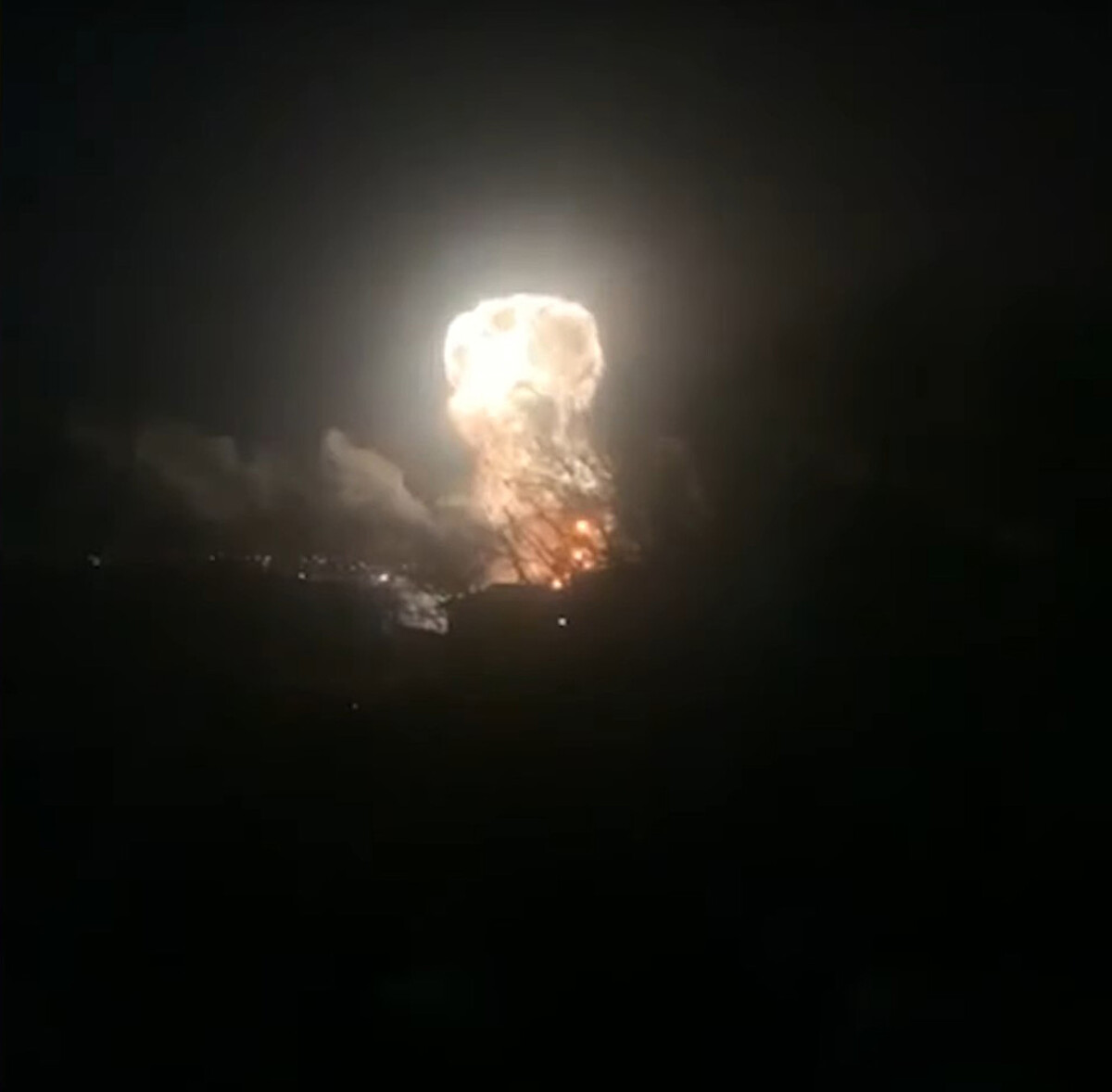Throughout the last 18 months New York City, historically a beacon for immigrants, has faced an unprecedented migrant crisis. The influx of migrants from the nation’s southern border has led to the city spending hundreds of millions monthly on emergency shelter and services. Nearly 70,000 migrants are crammed into shelters, with some even sleeping on sidewalks in the December cold. This situation, which seemed unimaginable just a year and a half ago, has now become the city’s daunting reality.
At the core of this crisis are global upheaval and federal immigration policies, which have seen record numbers of migrants entering the U.S. without legal work authorization. New York’s unique “right to shelter” mandate further compounds the challenge, as the city strives to provide housing to every homeless person, including these new arrivals.
The Adams administration has faced criticism for its handling of the crisis. Initially, the city struggled to help migrants transition out of shelters and into more permanent housing, an already daunting task given the city’s exorbitant rents. The cost to house each migrant household is more than double that of a homeless family prior to the crisis. Mayor Adams’ public disputes with state and federal officials have also been seen as counterproductive to seeking the assistance needed.
The influx began with a busload of migrants from Texas, a move by Governor Greg Abbott to protest border policy. More migrants followed, especially from Venezuela, a country the U.S. was not deporting citizens from in the early stages of the influx. The city’s shelters rapidly filled up, pushing its capacity to uphold the right to shelter decree.
Mayor Adams’ response was one of welcome, acknowledging the city’s historical role as a haven for newcomers. However, the sheer number of migrants without local connections, ending up in shelters, presented an unforeseen challenge. Miscommunication was evident, as seen in the chaotic scenes at the family intake office in the Bronx, with language barriers and inadequate resources exacerbating the situation.

The administration considered various solutions, including the use of cruise ships as temporary shelters, an idea that was quickly dismissed due to logistical concerns and public backlash. Eventually, a thousand-bed shelter was set up at a cruise terminal in Brooklyn, with Mayor Adams spending a night there to underscore his commitment.
As the migrant population in shelters doubled to 27,000 by January, tensions with the federal government grew. Mayor Adams accused the Biden administration of failing to support New York City adequately, a sentiment that led to strained relations and limited federal assistance.
Financially, the city has shouldered a significant burden. The cost of the migrant crisis is estimated at $2.4 billion so far, and Adam’s predicting $12 billion over three years. This has led Mayor Adams to advocate for budget cuts and criticize state lawmakers for not supporting the city’s plight in Washington.
The migrant situation has also strained the city’s infrastructure and community resources. Shelters, often makeshift and lacking basic amenities like showers or air conditioning, have been criticized for their conditions. The city has also been forced to create tent complexes for families, further highlighting the direness of the situation.
Efforts to expedite work authorization for migrants have been slow. The city opened an asylum help center only in late June, missing opportunities to integrate migrants into the workforce sooner. This sluggish response has been criticized by state officials and has added to the economic strain.
The crisis has certainly taken a toll on Mayor Adams’ popularity, with his approval rating plummeting in conjunction with investigations into potential corruption in his campaign. New Yorkers’ patience is wearing thin, as the city struggles to balance the needs of migrants with those of its own residents.
The unfolding situation in New York City serves as a microcosm of the broader national immigration debate. It highlights the challenges faced by urban centers in managing large-scale migrant influxes, the complexities of federal and local policies, and most importantly the need for comprehensive solutions that address both immediate needs and long-term integration strategies.










